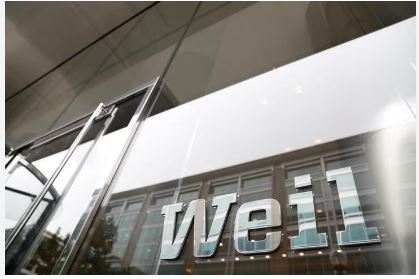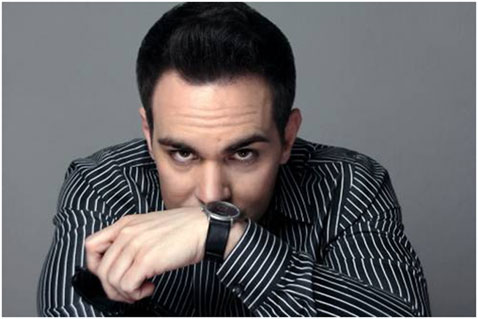
Key Departures Shake Weil, Gotshal & Manges
In a challenging week for Weil, Gotshal & Manges, three prominent practice leaders have left the prestigious BigLaw firm. This comes at a time when the firm is preparing for leadership transitions and navigating flat profits per equity partner (PEP) for the year.
The exits underscore an increasingly competitive environment in the legal industry, where lateral moves among high-performing attorneys are becoming more frequent.
Flat Profits and Leadership Transition
While many BigLaw firms experienced a rise in profits per equity partner in 2023, Weil’s PEP remained stagnant. Historically, the firm has been among the top 10 for PEP rankings within the nation’s 100 highest-grossing firms. However, its ranking has dropped in recent years, landing at No. 16 in 2023.
The firm’s management committee is now focused on identifying a successor for Barry Wolf, the current executive partner and chair of the management committee, who is preparing for retirement. As part of its strategy to improve performance, Weil also revamped its equity partner compensation system this year, prioritizing the expansion of client relationships.
Want to know if you’re earning what you deserve? Find out with LawCrossing’s salary surveys.
High-Profile Exits
The departures within a single week highlight the allure of competitive offers from rival firms:
- Elizabeth Stotland Weiswasser: Co-chair of Weil’s litigation department and one of the firm’s top 10 rainmakers, Weiswasser has joined Paul, Weiss, Rifkind, Wharton & Garrison.
- Ray Schrock: Co-chair of Weil’s restructuring practice and a leading figure in bankruptcy law, Schrock has transitioned to Latham & Watkins. He is also among the firm’s top 10 rainmakers.
- Anish Desai: Co-head of Weil’s patent litigation practice, Desai has joined Paul Weiss alongside Weiswasser.
These moves are significant given the stature of the departing attorneys and their contributions to Weil’s business development.
Perspectives on Weil’s Resilience
Despite these high-profile exits, industry experts maintain that Weil remains a formidable player in the legal market. Legal recruiter Alisa Levin of Greene-Levin-Snyder emphasized the firm’s enduring strength:
“They are still a very strong firm, a successful firm, with really talented people. I don’t know if this will make them pause and wonder.”
The Broader Context: A War for Talent
The legal industry is witnessing an unprecedented “war for talent,” particularly in major markets like New York. Law firm consultant Kent Zimmermann of the Zeughauser Group sees these departures as part of a broader trend of lateral moves by high-performing attorneys:
“The competition for talent is unprecedented.”
Jon Lindsey, founding partner of Major, Lindsey & Africa, predicts that the pace of lateral moves will only accelerate:
“There are no safe havens. The war for talent never ends. That’s for sure. But it can accelerate, and firms that have the wherewithal to go after the best of the best are not going to stop.”
Implications for BigLaw Firms
The departures at Weil underscore the fierce competition among top law firms to attract and retain talent. With no end in sight to the lateral movement trend, firms may need to reassess their strategies for incentivizing top performers, whether through compensation models, leadership opportunities, or cultural shifts.
For Weil, the challenge lies not only in replacing its star attorneys but also in maintaining its reputation as a top-tier firm amidst a rapidly changing legal landscape.
Conclusion
The legal industry’s ongoing talent wars are redefining the dynamics of BigLaw. While Weil, Gotshal & Manges remains a strong and respected firm, the recent departures highlight the challenges firms face in retaining top talent in an increasingly competitive market. As firms continue to adapt, the focus on leadership stability and innovative strategies for attorney retention will be more critical than ever.
Don’t be a silent ninja! Let us know your thoughts in the comment section below.
































